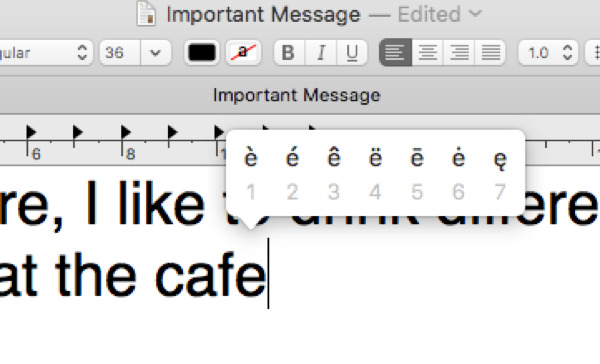

It is mostly used in asymptotic analysis as we are always interested to know the upper bound of any algorithm. This constant 1/3 is meaningless as in asymptotic analysis we are only interested to know about the growth of a function for a larger value of n. Here, for the same time complexity it will be ~( ). ,it is given by O( ) and the constant is ignored.

If the time complexity of any algorithm is So, it gives a sharper approximation of an algorithm. The arbitrary constant incase of Big Oh notation is c which is greater than zero.Ġ 0, n>=n0 Here, the constant will always be 1 since on dividing f by g or g by f we always get 1. Since it is similar to theta notation, it defines both the upper bound and lower bound of an algorithm. The differences between Big Oh and Tilde notations are : S No- Big Oh (O) Tilde (~) 1 It generally defines the upper bound of an algorithm. There is a minute difference in the arbitrary constant as in big theta notation there can be different values for the constants in the lower bound as well as upper bound but in the case of Tilde, we always get f/g value as 1 or tending towards 1. It is identical to big theta notation.It follows equivalence relation property.Some important points about ~ notation in asymptotic analysis – So, the number of comparisons in an AVL tree is approximated to ~. We can ignore the lower order term and it becomes ~. Therefore, we can replace the value of h in the expression and it becomes : The height will be, since AVL tree is a height balanced tree. The number of comparisons required in the worst case is : h+1, where h is the height of the tree. can be written as ~ because when we divide both the functions and find the limit for larger value of n, it will become 1.Ģ – In an AVL tree before we insert or delete a key, we first compare and find the location of the key. If f(n)~g(n) indicates that the value of f(n)/g(n) tends towards 1 for a larger value of n. Tilde notation is used when we want to make a simple approximation of a complex function. Therefore, f(n) = O(g(n)) if the above limit value lies in the range [ 0, ∞ ) Program for Binary To Decimal Conversion.Complexity of different operations in Binary tree, Binary Search Tree and AVL tree.Introduction of Operating System - Set 1.Network Devices (Hub, Repeater, Bridge, Switch, Router, Gateways and Brouter).Page Replacement Algorithms in Operating Systems.Program for Decimal to Binary Conversion.ISRO CS Syllabus for Scientist/Engineer Exam.ISRO CS Original Papers and Official Keys.GATE CS Original Papers and Official Keys.


 0 kommentar(er)
0 kommentar(er)
